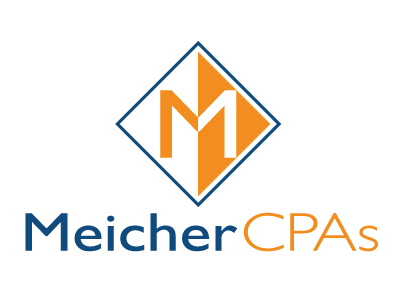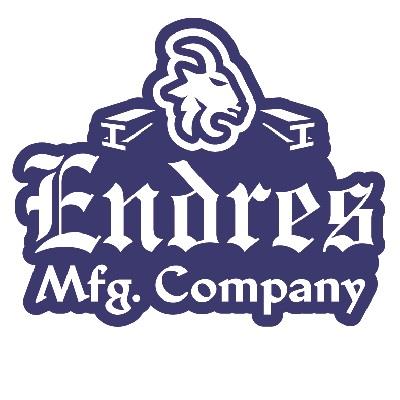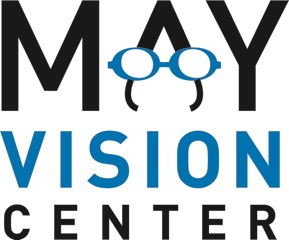Wisconsin Public Radio was the first station to begin broadcasting in the United States, and in 2017, this American invention celebrated its 100th year.
Jeffrey Potter, WPR’s marketing director, spoke at the Dec. 14 Waunakee Rotary Club about the station’s beginning and its future.
He asked why public radio is necessary, and what, exactly, public broadcasting is. Its model lay in public libraries, which were really about providing access and knowledge.
“Public libraries created a transformation of how we share knowledge,” Jeffrey said.
Public lands were another great invention and were thought to be lands so beautiful and iconic to America, they were too valuable to be owned, Jeffrey added.
The thought was everyone should have access to books and such places.
It was recognized by WPR’s founders that the airwaves could be open to everyone. The first demonstration came at a dinner party hosted by UW physics Professor Earle Terry. At the time, people in distant places could communicate through the telegraph, but you had to know Morse code and you had to pay for it.
Broadcasting was a way to change that. Back then, if you wanted to see Teddy Roosevelt’s campaign message, you had to catch him on his campaign trail.
“These guys knew it could change the world. They figured out how to wirelessly broadcast voice messages,” Jeffrey said.
At Earle Terry’s dinner party, he had a student play a phonograph from campus and broadcast it. The attendees wondered why not just play the piece on their own phonograph there, however.
But UW President Charles Van Hise, whom the Wisconsin Idea is attributed to, believed it could be beneficial to Wisconsin citizens.
Van Hise said, “I shall never be content until the beneficent influence of the university reaches every family of the state,” encapsulating that Wisconsin Idea.
Radio allowed knowledge to be shared with families across the state, and in one-room school houses, educational programs were broadcast. A Department of Public Instruction curriculum was created to present shows like “Let’s Draw” and Let’s Sing.”
Even adult education and typing courses were offered on public broadcasting.
Today WPR has 37 stations and seven bureaus reaching 500,000 residents through the airwaves. The stations also embrace another wireless tool: the internet.
WPR also is committed to unbiased journalism based on research to allow listeners to form their own opinions and make their own decisions, with two full-time reporters covering the state Capitol.
“We’re really committed to reflecting all the different experiences across the state,” Jeffrey said.
Jeffrey Potter, WPR’s marketing director, spoke at the Dec. 14 Waunakee Rotary Club about the station’s beginning and its future.
He asked why public radio is necessary, and what, exactly, public broadcasting is. Its model lay in public libraries, which were really about providing access and knowledge.
“Public libraries created a transformation of how we share knowledge,” Jeffrey said.
Public lands were another great invention and were thought to be lands so beautiful and iconic to America, they were too valuable to be owned, Jeffrey added.
The thought was everyone should have access to books and such places.
It was recognized by WPR’s founders that the airwaves could be open to everyone. The first demonstration came at a dinner party hosted by UW physics Professor Earle Terry. At the time, people in distant places could communicate through the telegraph, but you had to know Morse code and you had to pay for it.
Broadcasting was a way to change that. Back then, if you wanted to see Teddy Roosevelt’s campaign message, you had to catch him on his campaign trail.
“These guys knew it could change the world. They figured out how to wirelessly broadcast voice messages,” Jeffrey said.
At Earle Terry’s dinner party, he had a student play a phonograph from campus and broadcast it. The attendees wondered why not just play the piece on their own phonograph there, however.
But UW President Charles Van Hise, whom the Wisconsin Idea is attributed to, believed it could be beneficial to Wisconsin citizens.
Van Hise said, “I shall never be content until the beneficent influence of the university reaches every family of the state,” encapsulating that Wisconsin Idea.
Radio allowed knowledge to be shared with families across the state, and in one-room school houses, educational programs were broadcast. A Department of Public Instruction curriculum was created to present shows like “Let’s Draw” and Let’s Sing.”
Even adult education and typing courses were offered on public broadcasting.
Today WPR has 37 stations and seven bureaus reaching 500,000 residents through the airwaves. The stations also embrace another wireless tool: the internet.
WPR also is committed to unbiased journalism based on research to allow listeners to form their own opinions and make their own decisions, with two full-time reporters covering the state Capitol.
“We’re really committed to reflecting all the different experiences across the state,” Jeffrey said.
**********
Other news:
- On Jan. 19, volunteers are needed to help Meals on Wheels deliver emergency meals to clients. These are for times when the regular drivers can’t get to them. Talk to Phil Willems if you can make it.
-Volunteers are also needed to turn the Rotary Lights display on and off. Talk to David Weishoff if you can help out.
Other news:
- On Jan. 19, volunteers are needed to help Meals on Wheels deliver emergency meals to clients. These are for times when the regular drivers can’t get to them. Talk to Phil Willems if you can make it.
-Volunteers are also needed to turn the Rotary Lights display on and off. Talk to David Weishoff if you can help out.
Guests: Linda Schmitz, guest of Jim Schmitz; Forrest Payne, guest of Kim Lonfeld; Meleia Johnson, guest of Kent Oyer.
Visiting Rotarians: Harry Ripp, Madison East; Kent Oyer, Goshen, Indiana.
Birthdays: Dec. 25, David Weishoff; Dec. 27, Jim Kattner.
Anniversaries: Dec. 27, Rich and Sue Wipperfurth.
Greeters: Dec. 21, Dan Statz and Harriet Statz; Dec. 28, Ray Statz and Don Tierney; Jan. 4, Jon Townley and Susan Vergeront.








